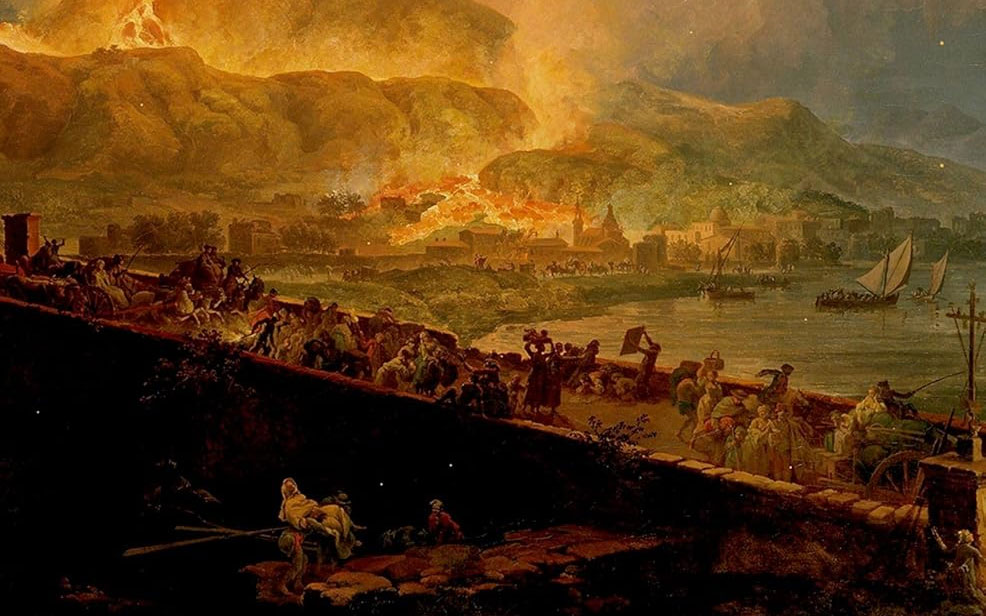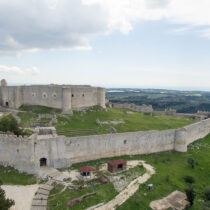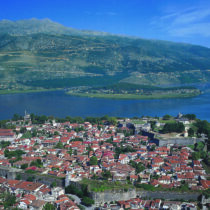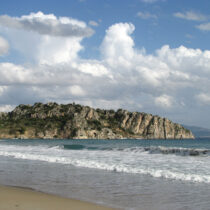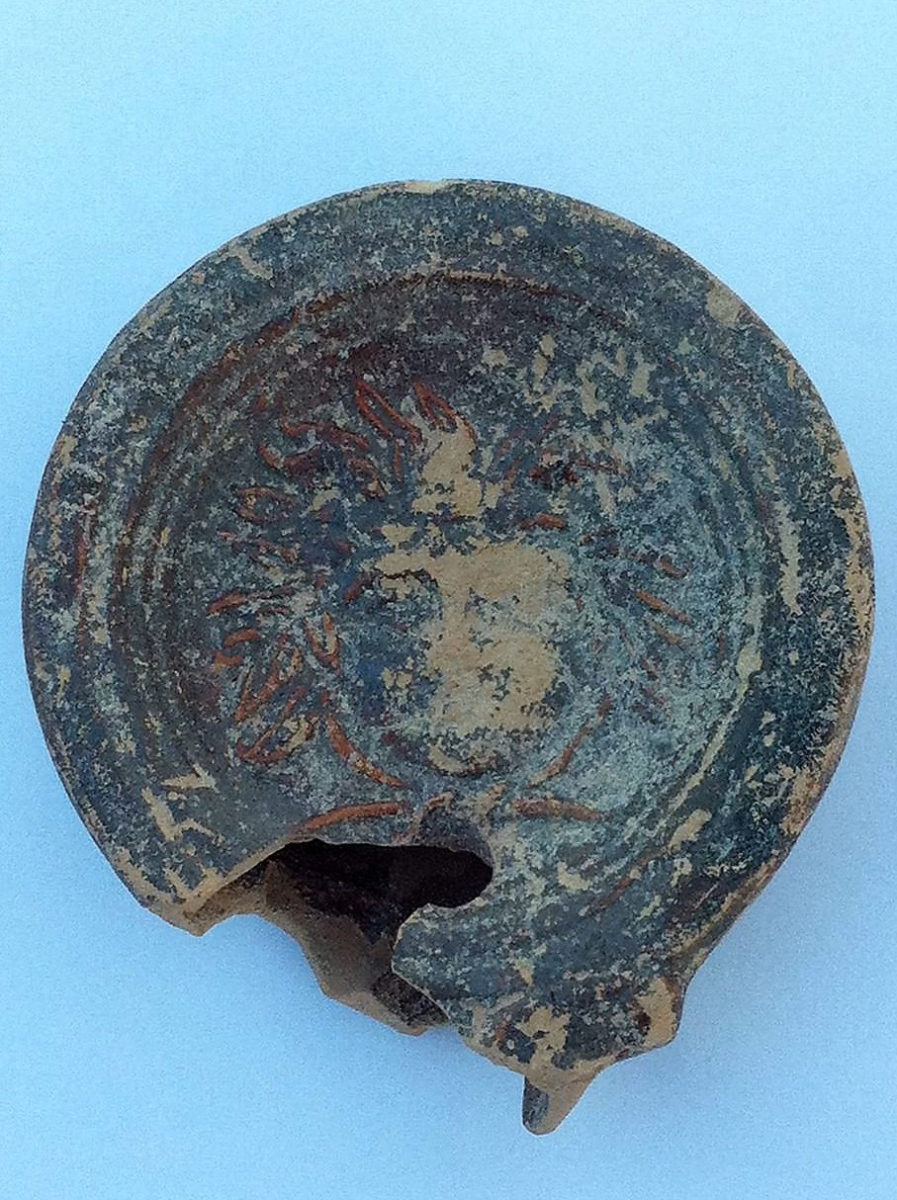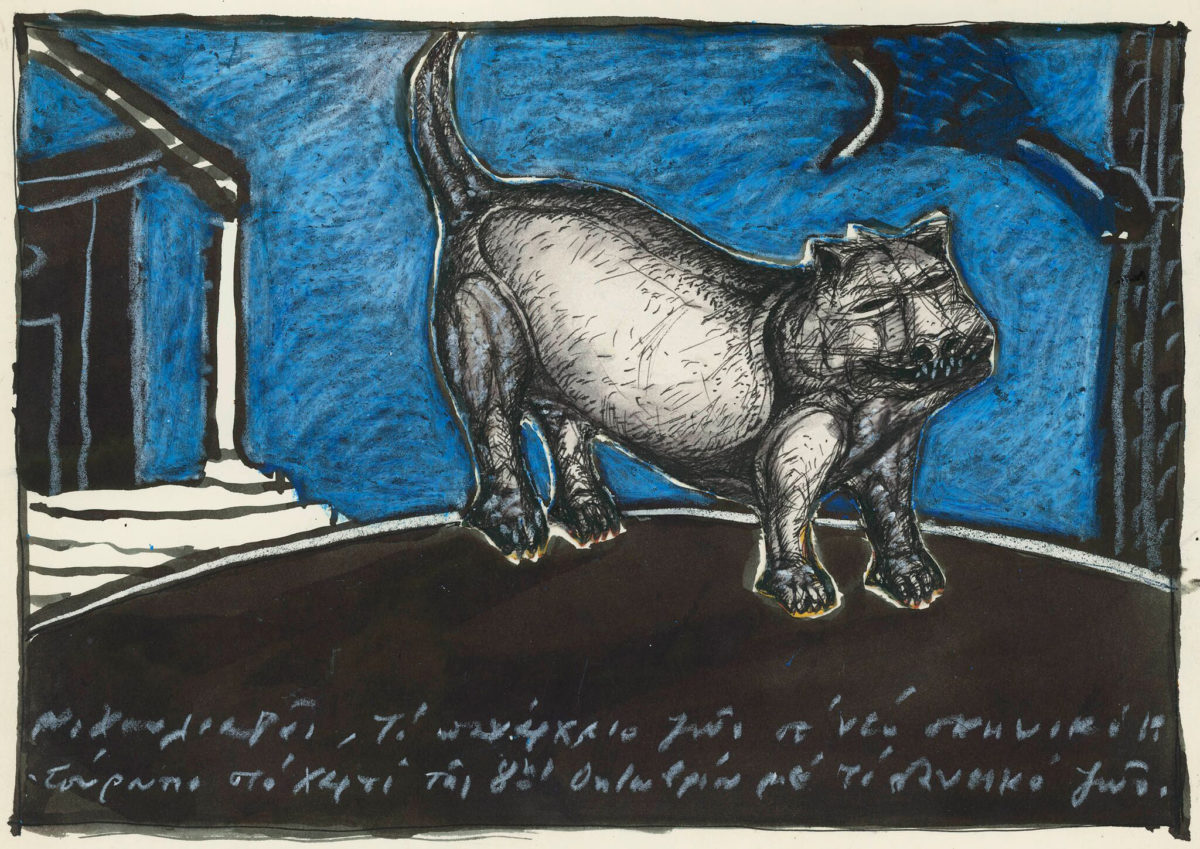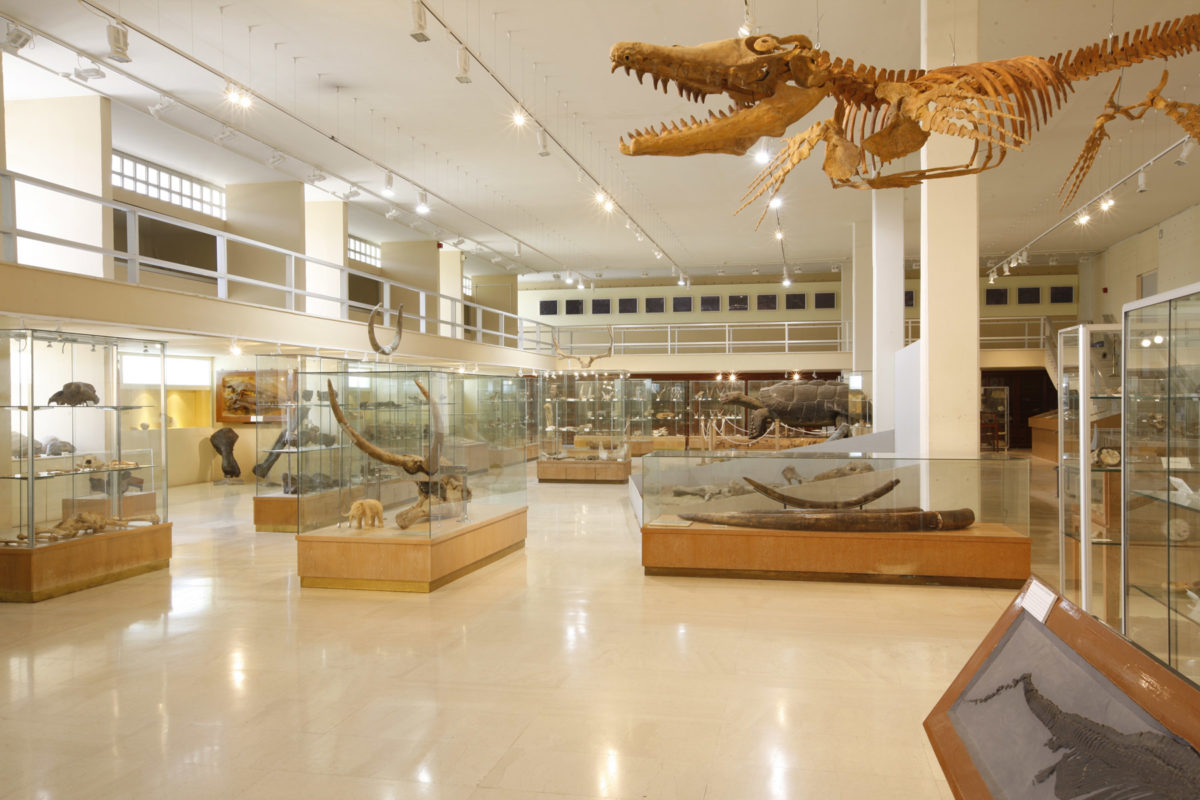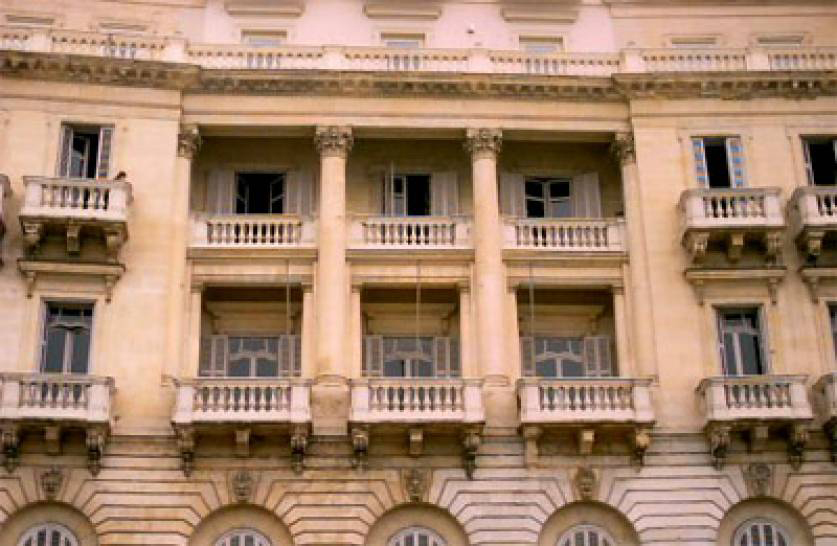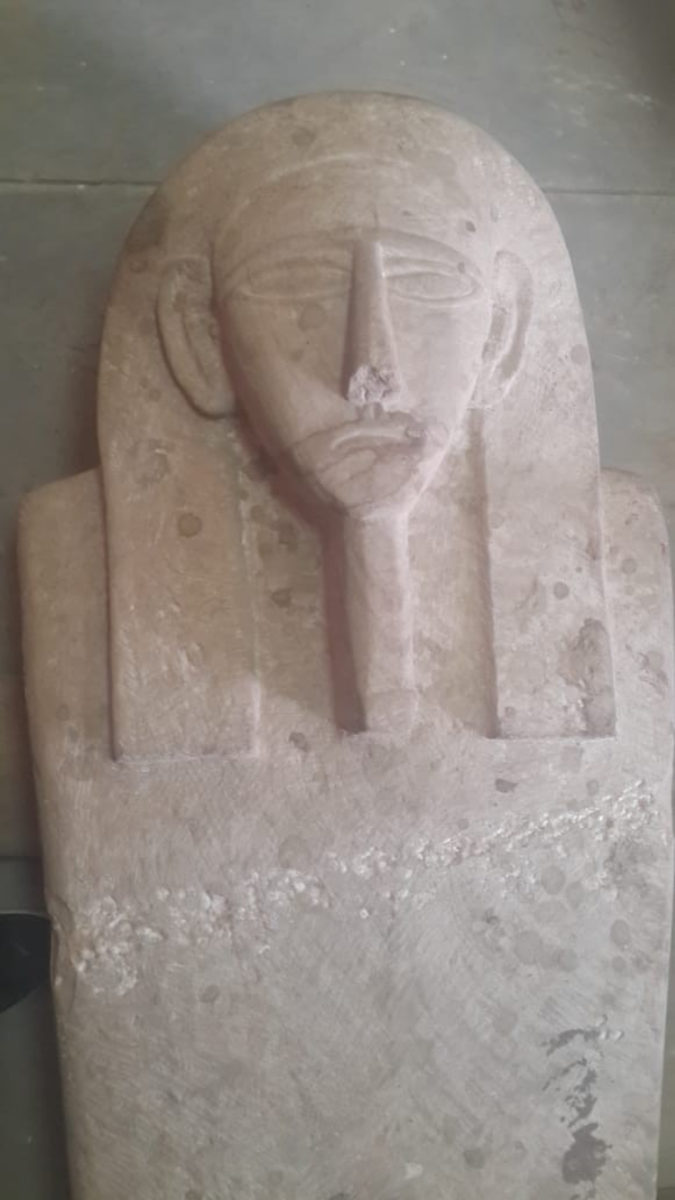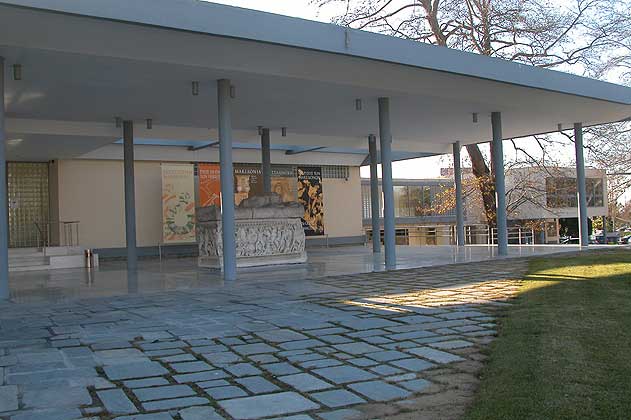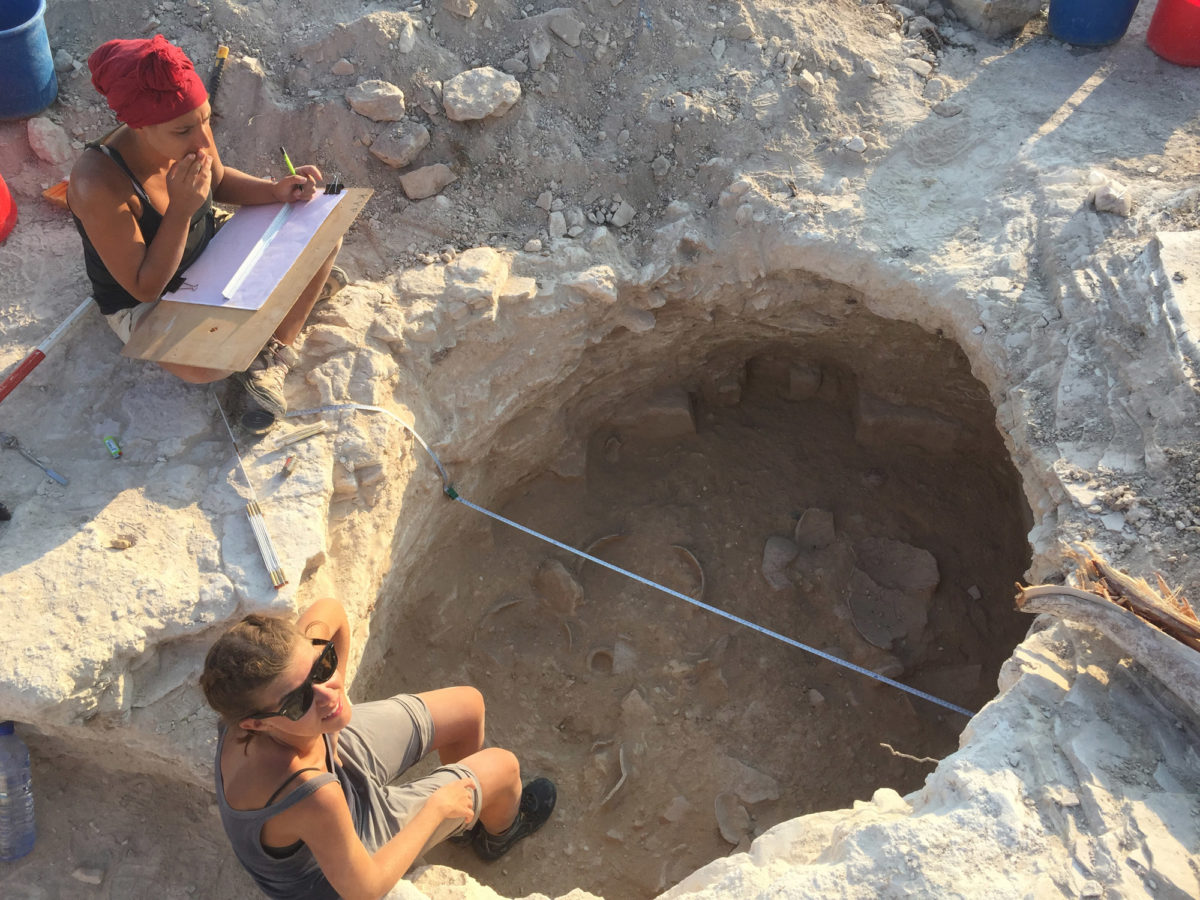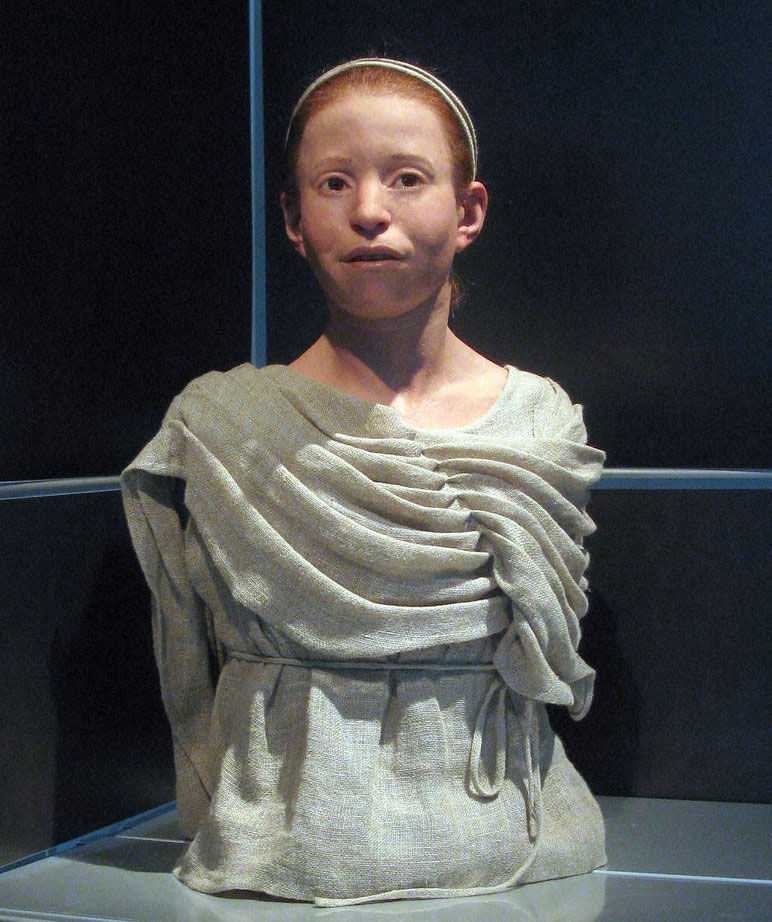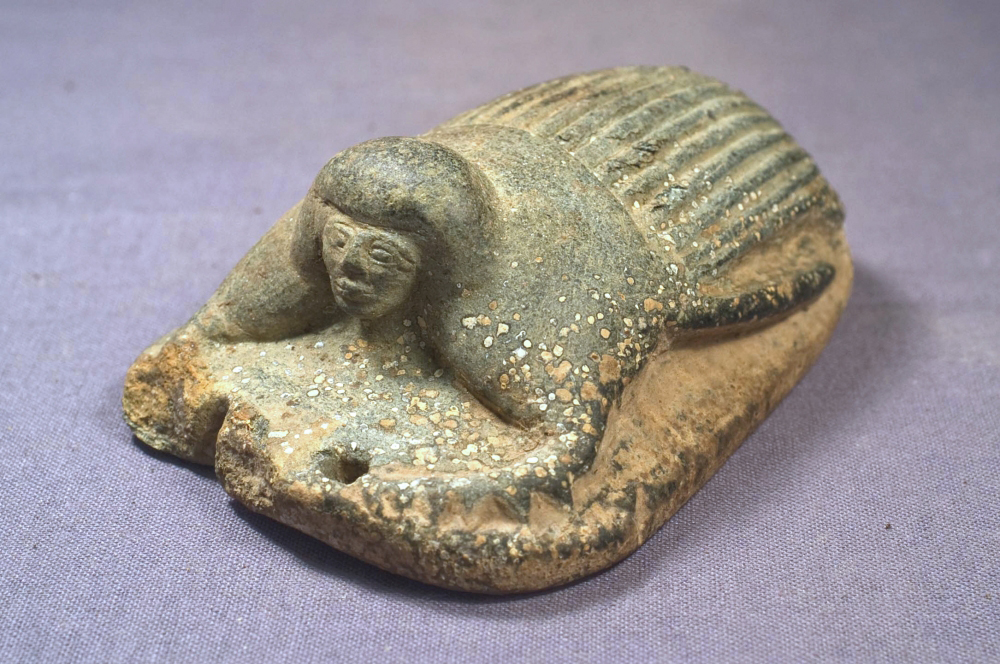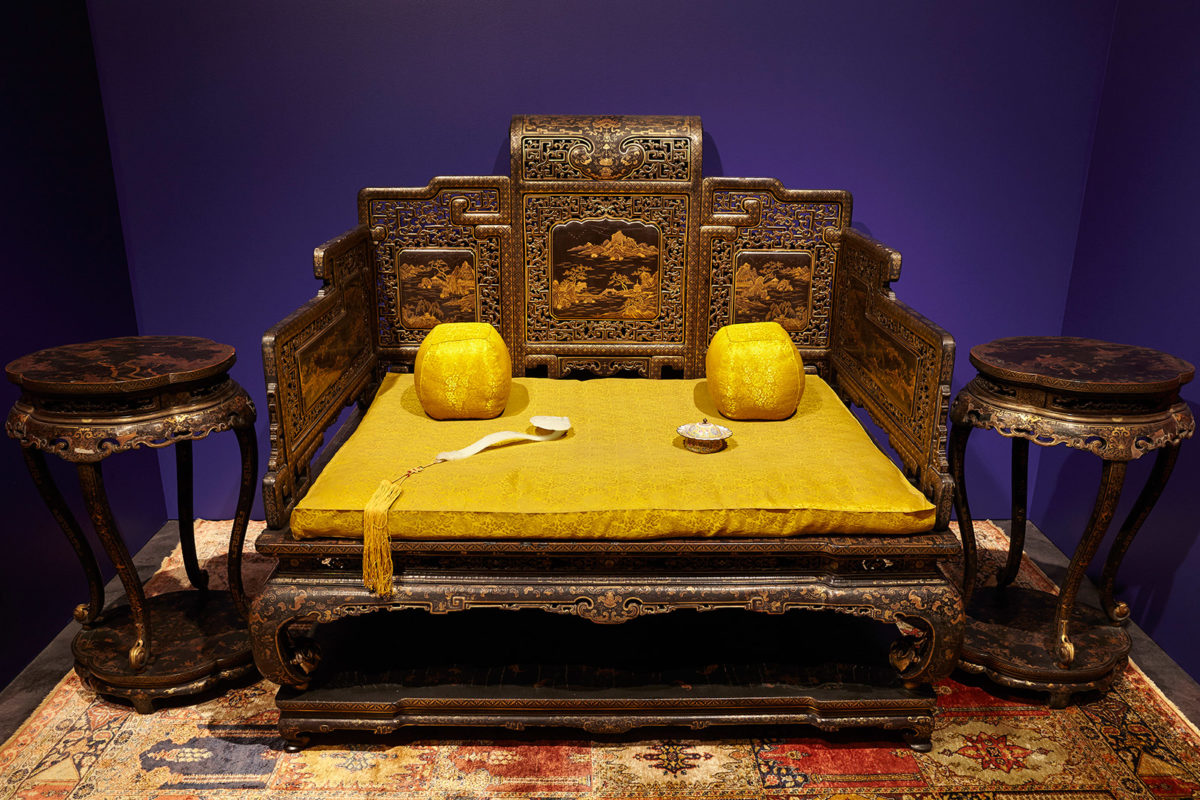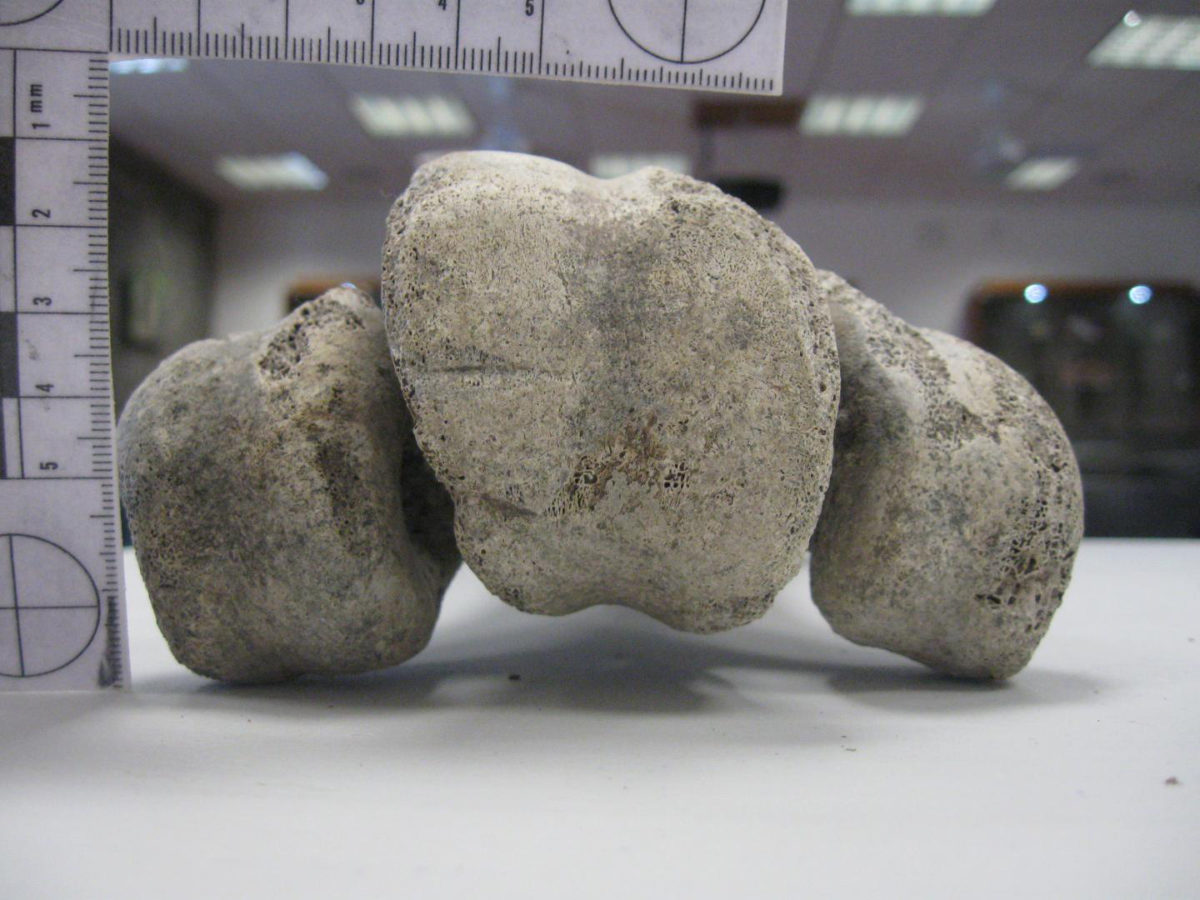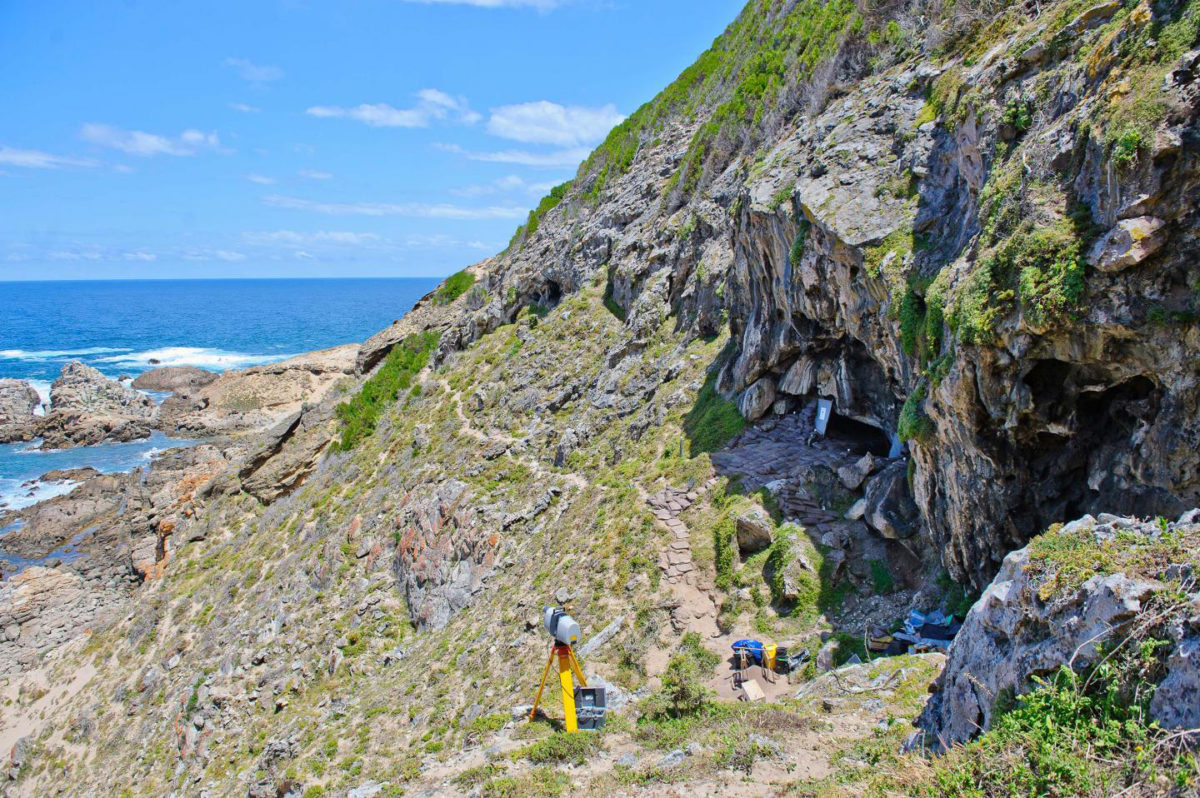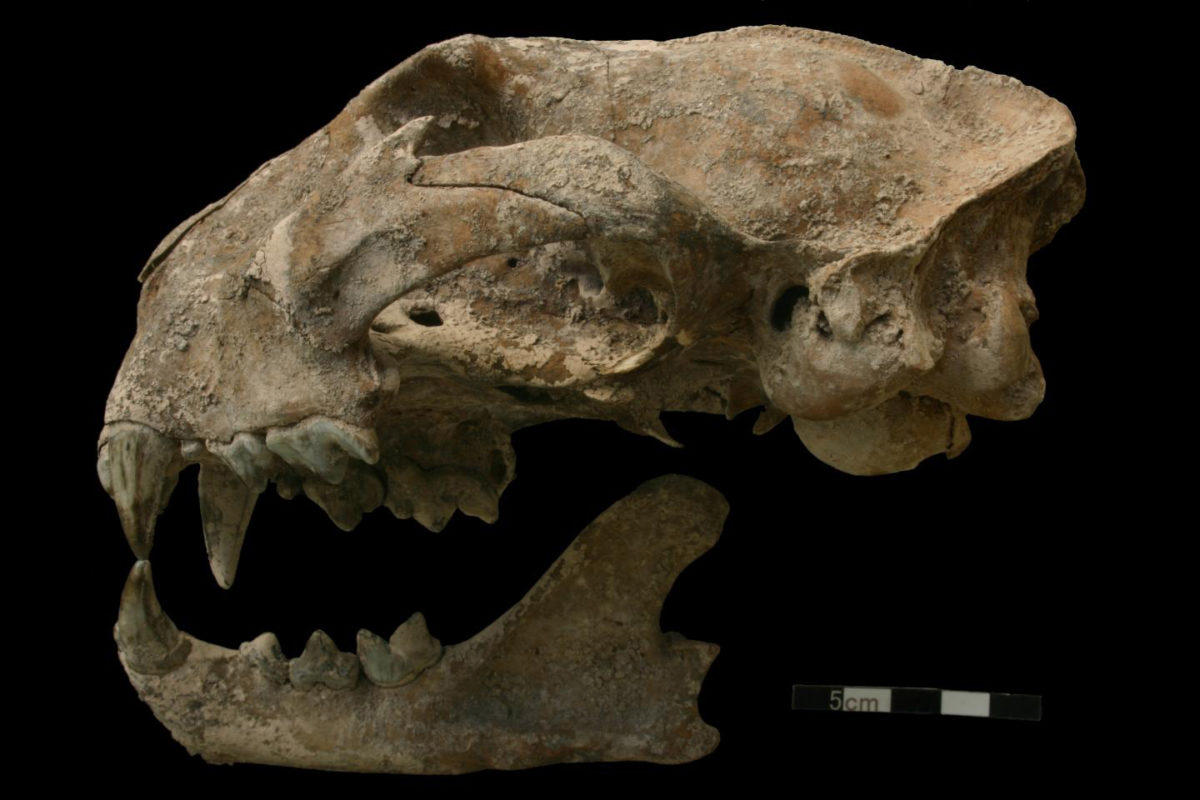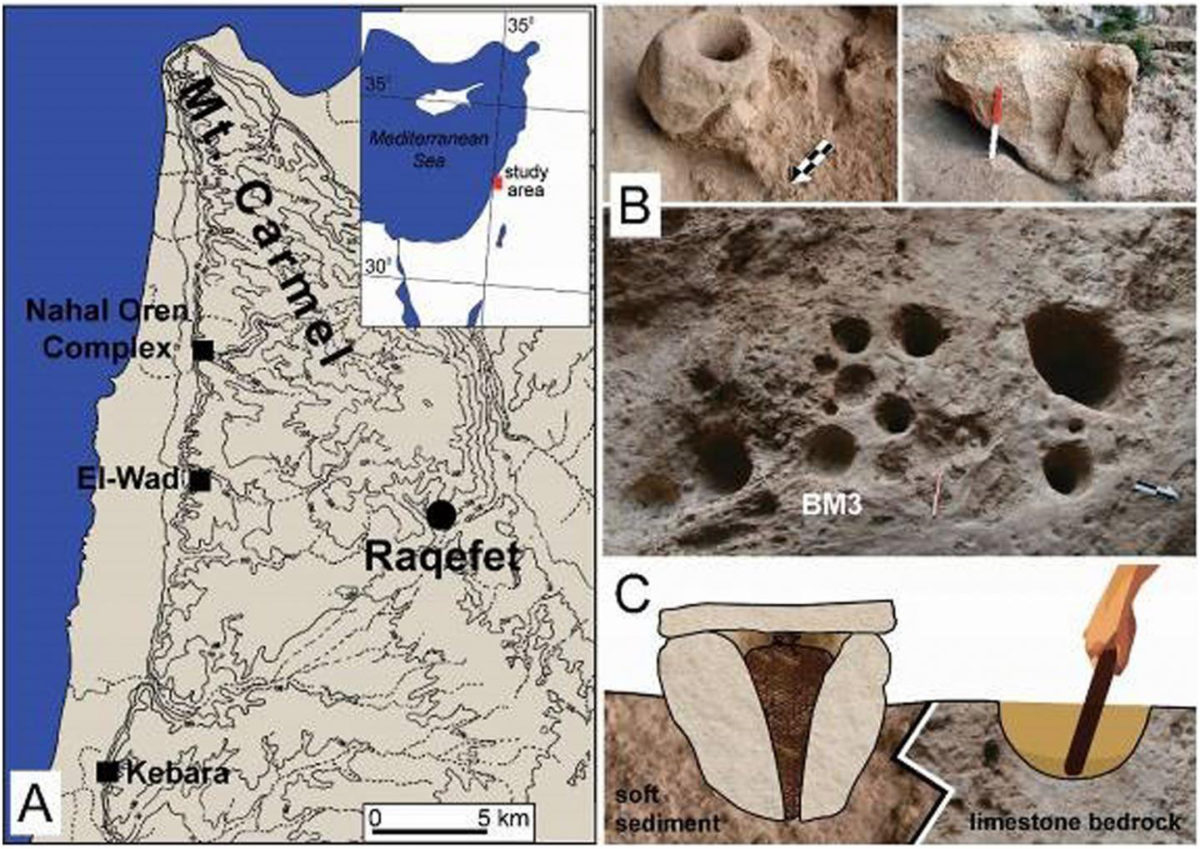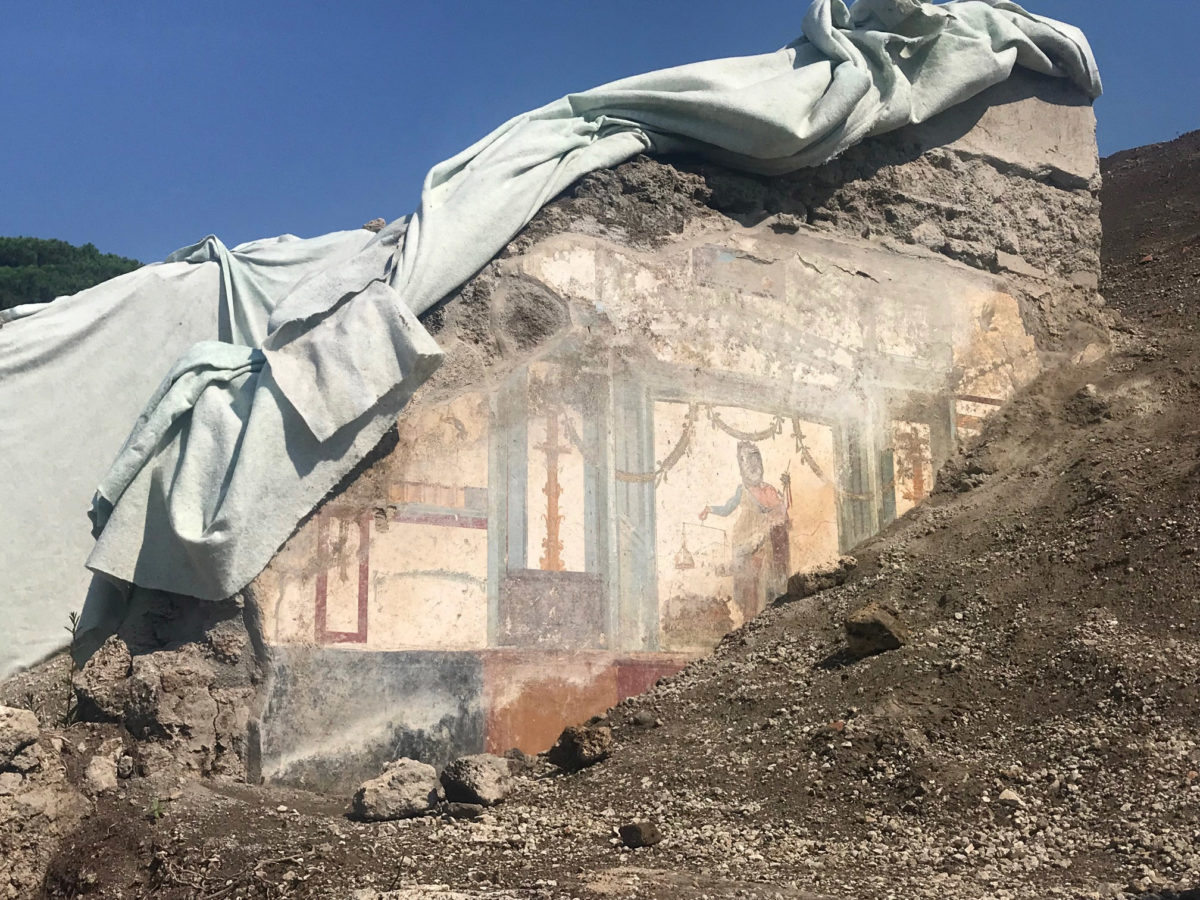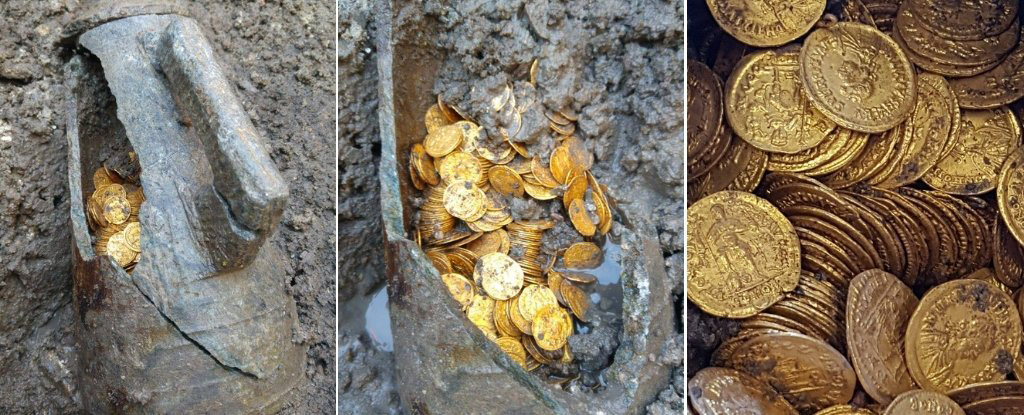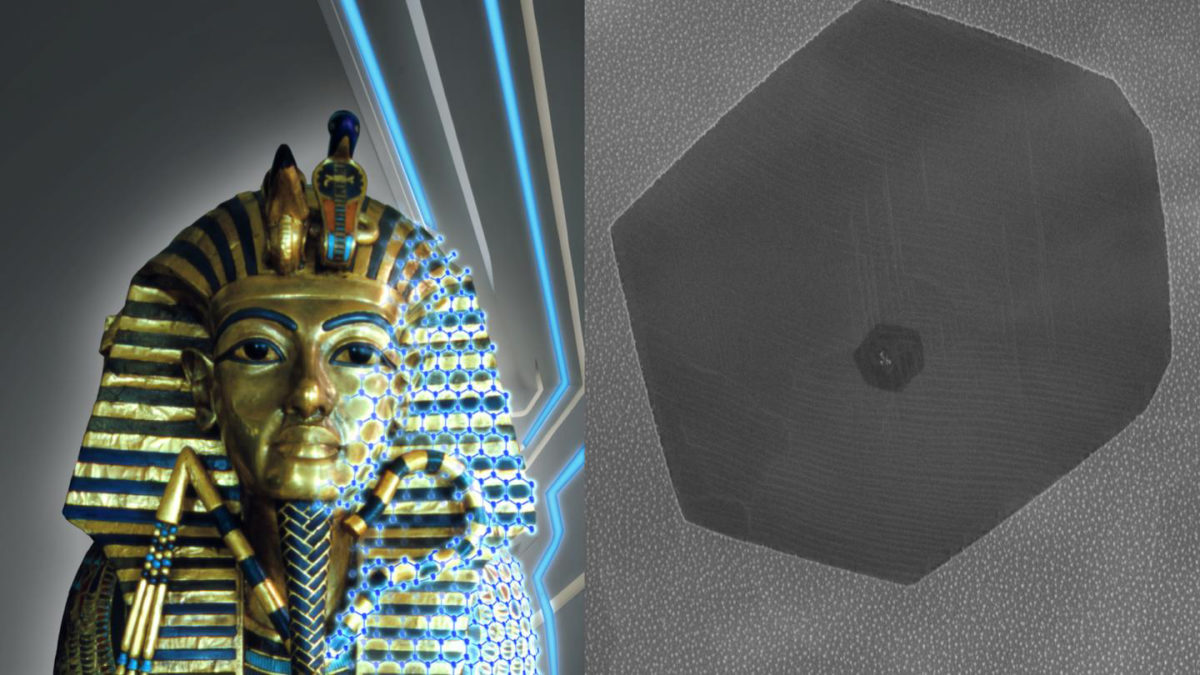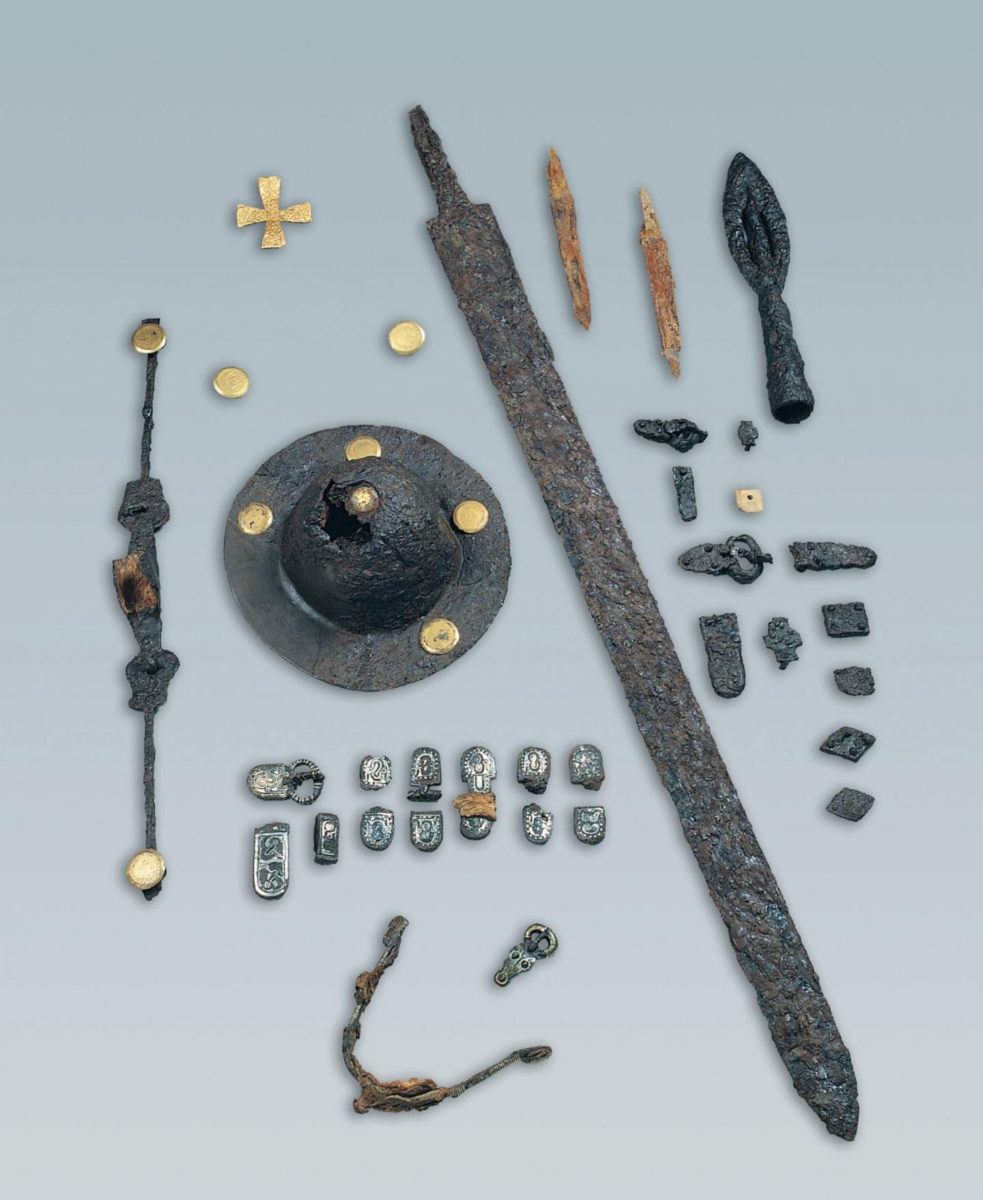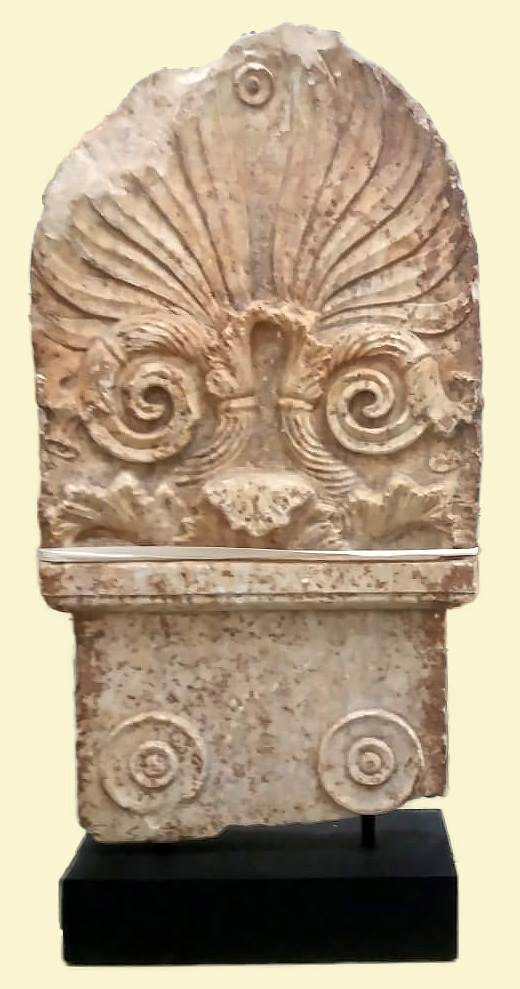Poetics and politics. New approaches to Euripides
The conference aims at bringing together such diverse approaches to reexamine the relation between Euripides’s poetics and the politics of his time.
Excavations at Pafos-Toumballos
The 2018 excavations at Pafos-Toumballos, Cyprus, by the archaeological mission of the University of Catania, co-directed by Filippo and Elvia Giudice have been completed.
Fellowships in Hellenic Studies
The Center for Hellenic Studies (CHS) is now accepting fellowships applications for the 2019-20 academic year.
In Paper’s Night: Known and Unknown drawings by Nikos Houliaras
Exhibition dedicated to the drawings of Greek artist Nikos Houliaras, curated by art historian Elizabeth Plessa.
Traveling back 500 million years
The Museum of Paleontology and Geology offers a travel in time as far back as 500 million years ago.
The Pottery of the Nile Valley
The University of Naples, “l’Orientale”, announces the Summer School “The Pottery of the Nile Valley”, to be held in Naples from July 1st to 12th, 2019.
New finds in the Aswan area
A sandstone coffin containing a mummy, amulets, wall paintings in a chamber, a head of statue and a wooden figurine were found in the Agakhan site.
Precious Metals and the Rise of two Macedonian ‘Greats’
'In just one generation Philip changed Macedonia and Greece forever and established the political, military and economic foundations for Alexander’s conquest of the Near East.'
Excavations at Erimi–Laonin tou Porakou completed
A workshop complex, a residential area, a large circuit wall and the southern funerary cluster were investigated.
Myrtis “travels” to Albania
Myrtis is accompanied by art works which are part of the collection created by artists’ donations.
Turkish court turned down plans to turn Haghia Sophia back into a mosque
Turkey's Supreme Court has rejected an application calling for the opening of Hagia Sophia to Muslim prayers, state-run Anadolu news agency said on Thursday.
A mighty Egyptian fortress revealed
The discovery of massive fortifications — 400 meters a side — helps cement Tombos’ place as an important Egyptian colony of the New Kingdom.
From the forbidden city imperial apartments of Qianlong
Acropolis Museum’s temporary exhibition “from the forbidden city: imperial apartments of Qianlong” opens to the public on Saturday 15 September 2018 until Thursday 14 February 2019, following its official opening on Friday 14 September 2018.
Vlochos: Ruins of a city scattered atop a hill
The programme is a collaboration between the Ephorate of Antiquities of Karditsa and the Swedish Institute at Athens with the participation of the Universities of Gothenburg and Bournemouth.
Ancient bird bones redate human activity in Madagascar by 6,000 years
Skeletons of extinct 500kg elephant birds revolutionise our understanding of this island.
Multimedia graphic design made 73,000 years ago
The earliest evidence of a drawing made by humans has been found in Blombos Cave in the southern Cape in South Africa.
The Amos Rex Museum in Helsinki
Amos Rex is an art museum where the past, present and future meet...
Wild animals were routinely captured and traded in ancient Mesoamerica
Findings confirm previous research showing that Mesoamerican cultures kept wild animals in captivity for ritual purposes.
A prehistoric thirst for craft beer
Brewing practices existed in the Eastern Mediterranean over five millennia before the earliest known evidence, new study suggests.
Pompeii and Delos come closer together
D. Athanasoulis and M. Osanna talked to the Athens and Macedonian News Agency about a holistic approach to archaeological sites.
Hoard of Roman gold coins found in old theatre
Hundreds of gold coins from the late Roman Imperial era have been discovered on the site of an old theatre in northern Italy.
Illinois engineers protect artifacts by graphene gilding
In a new study, an assistant professor of Mechanical Science and Engineering has added a single layer of carbon atoms, known as graphene, on top of metal leaves—doubling the protective quality of gilding against wear and tear.
Understanding 6th-century barbarian social organization & migration
Applying a comprehensive analysis in two 6th-century barbarian cemeteries, researchers have gleaned new insights into a key era known as the Migration Period that laid the foundation for modern European society.
Repatriation of a marble grave stele from London
It is a typical example of a marble Attic stele of the Classical era with a palmette capital.
